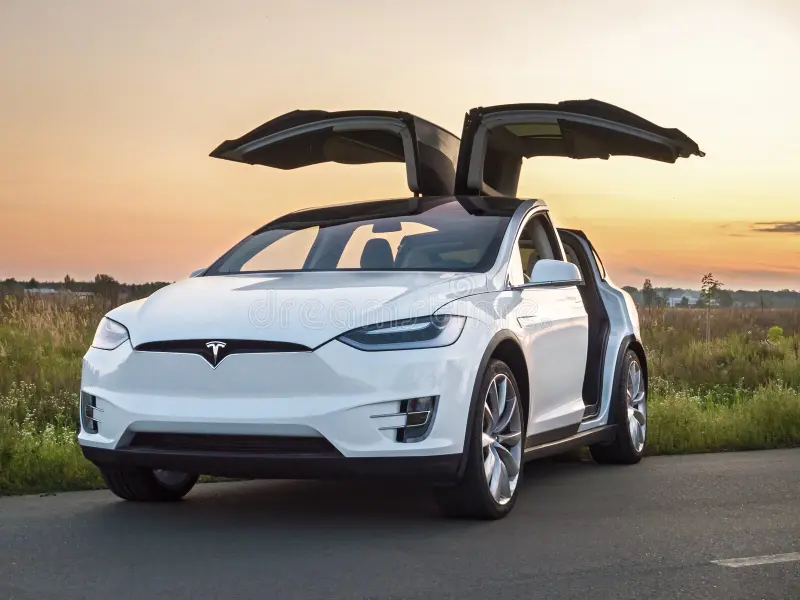In 2023, the automotive industry has reached a fascinating crossroads. According to Bloomberg Green, electric vehicles (EVs) now make up 14% of global car sales, marking a significant shift in consumer preference. This change comes amid growing concerns about climate change and the urgent need for sustainable mobility solutions. As we stand at this pivotal moment, it’s essential to weigh the pros and cons of EVs, hybrids, and traditional gas-powered vehicles. This article will dive deep into market trends, technological innovations, and what the future holds for each type of vehicle.
Market Trends: EVs Leading the Charge
The Rise of Electric Vehicles
The electric vehicle market has been buzzing with activity in 2023. Brands like Tesla, Rivian, and Lucid Motors continue to push the boundaries of what’s possible in EV technology. Tesla, for instance, saw a 40% increase in Model 3 sales in the first half of the year, according to Electrek. This growth is fueled by advancements in battery technology, with companies like BYD and CATL leading the charge in developing longer-lasting and faster-charging batteries.
- Battery Innovations: Solid-state batteries are gaining traction, promising to revolutionize the industry with higher energy densities and quicker charge times.
- Infrastructure Expansion: Charging stations have proliferated, with a 20% increase in the number of fast chargers in the U.S. alone, as reported by InsideEVs.
- Government Incentives: Many countries offer tax breaks and subsidies for EV buyers, further accelerating adoption.
Hybrid Vehicles: A Middle Ground
Hybrids, such as the Toyota Prius and Hyundai Ioniq, offer a blend of electric and gasoline power, appealing to consumers not ready for a full transition to electric. In 2023, hybrids account for 8% of the global market share, according to AutoCar.
- Fuel Efficiency: Hybrids provide excellent fuel economy, making them attractive for long-distance drivers.
- Lower Emissions: They offer reduced emissions compared to traditional gas vehicles, aligning with environmental goals.
- Transitional Technology: Many consumers view hybrids as a stepping stone towards full electrification.
Gas-Powered Cars: Old But Still in Demand
The Stalwarts of the Road
Despite the EV surge, gas-powered vehicles remain popular, particularly in regions with less-developed charging infrastructure. According to Reuters Mobility, gas vehicles still account for 60% of global car sales. This is due to:
- Established Infrastructure: Gas stations are ubiquitous, making refueling convenient.
- Lower Initial Costs: Gas vehicles often have a lower upfront cost compared to EVs and hybrids.
- Performance: Some consumers prefer the traditional driving experience and engine sound.
Future Innovations: What’s Next?
Electric Vehicles: The Road Ahead
The future of EVs looks promising, with several exciting innovations on the horizon:
- Autonomous Driving: Companies like Tesla and Rivian are investing heavily in self-driving technology, aiming for full autonomy in the next decade.
- Wireless Charging: Trials for wireless charging pads are underway, potentially eliminating the need for physical plug-in chargers.
- Battery Recycling: As EV adoption grows, the focus on sustainable battery recycling processes is intensifying.
Hybrid and Gas Vehicles: Evolving Roles
Hybrids are expected to incorporate more advanced technologies, such as:
- Plug-in Options: Offering more versatility and reducing dependency on gasoline.
- Improved Efficiency: Engine advancements and lighter materials to improve fuel economy.
For gas vehicles, the future might involve:
- Synthetic Fuels: Development of cleaner-burning synthetic fuels.
- Hybridization: Incorporating hybrid technology to reduce emissions.
Practical Considerations: Choosing the Right Vehicle
When deciding between an EV, hybrid, or gas vehicle, consider the following:
- Driving Habits: If you drive short distances frequently, an EV might be ideal. For long commutes, a hybrid could offer the best of both worlds.
- Budget: Evaluate initial costs, potential savings on fuel, and maintenance expenses.
- Environmental Impact: Consider your carbon footprint and the role you want to play in reducing emissions.
How to Charge an EV
- Home Charging: Install a Level 2 charger at home for convenience.
- Public Charging Stations: Use apps to locate nearby charging stations when on the road.
- Fast Charging: For long trips, plan stops at fast-charging stations to minimize downtime.
Where to Buy
- Dealerships: Most major brands offer EV and hybrid models at authorized dealerships.
- Online Platforms: Explore options on platforms like Tesla’s website or Rivian’s online shop for direct purchases.
Conclusion: Navigating the Future of Mobility
In 2023, the choice between EVs, hybrids, and gas vehicles is more compelling than ever. Each option offers unique benefits and challenges, tailored to different needs and lifestyles. As technology advances and market conditions evolve, staying informed is crucial. Whether you’re committed to sustainability, looking for cost efficiency, or simply love the roar of a traditional engine, there’s a vehicle for you.
What’s your preference: EV, hybrid, or gas? Share your thoughts in the comments below and join the conversation. As we look to the future, innovations in mobility promise to make our journeys not only more efficient but also more exciting. The road ahead is electric, and the journey is just beginning.

